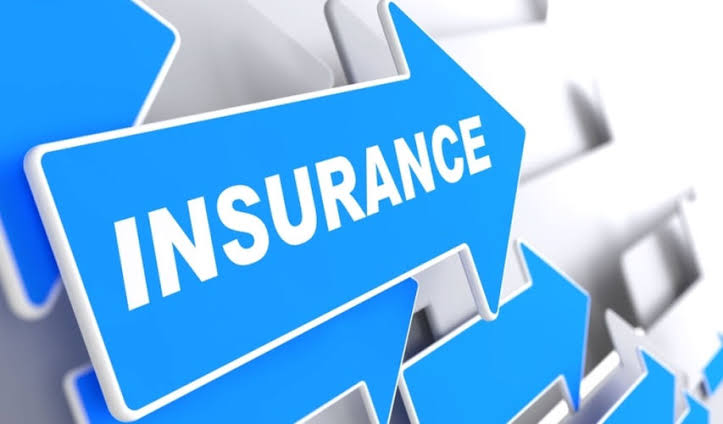When it comes to managing your finances, understanding the safety nets in place is crucial. The Federal Deposit Insurance Corporation (FDIC) serves as a cornerstone in ensuring the security of your deposits. In this comprehensive guide, we’ll explore the fundamentals of FDIC insurance, examining what it is, how it works, and why it’s a vital component of the banking landscape.
What is FDIC Insurance?
The FDIC is an independent agency of the federal government established in 1933 in response to the widespread bank failures during the Great Depression. The primary purpose of the FDIC is to instill confidence in the banking system by providing deposit insurance to depositors.
How Does FDIC Insurance Work?
- Coverage Limit: FDIC insurance covers deposits up to a certain limit per depositor, per bank. As per the current guidelines, the standard insurance amount is $250,000 per depositor, per bank. This means that if you have multiple accounts in the same bank, your total deposits are insured up to $250,000.
- Types of Accounts Covered: FDIC insurance covers various types of deposit accounts, including checking accounts, savings accounts, money market deposit accounts, and certificates of deposit (CDs). It’s important to note that other financial products like stocks, bonds, and mutual funds are not covered by FDIC insurance.
The Importance of FDIC Insurance
Depositor Confidence
FDIC insurance plays a crucial role in maintaining confidence in the banking system. Knowing that their deposits are insured provides peace of mind to depositors, encouraging them to keep their money in banks.
Stability in Times of Economic Challenges
During times of economic uncertainty, the stability provided by FDIC insurance helps prevent bank runs. Depositors are less likely to panic and withdraw their funds en masse, contributing to the overall stability of the financial system.
Encouraging Responsible Banking Practices
FDIC insurance encourages banks to adopt responsible and prudent banking practices. Knowing that they are subject to regulatory oversight and that their depositors are protected by insurance, banks have an incentive to operate in a financially sound manner.
How to Verify FDIC Coverage
- Look for the FDIC Logo
The FDIC logo is prominently displayed at FDIC-insured banks. When entering a bank or accessing its website, look for the FDIC logo to ensure that your deposits are covered.
- Use the FDIC’s Online Tool
The FDIC offers an online tool called the “BankFind” tool on its website. By entering the name of the bank, users can verify its FDIC insurance status and obtain other relevant information.
What FDIC Insurance Doesn’t Cover
While FDIC insurance provides robust protection for most common types of deposits, it’s important to be aware of its limitations.
- Non-Deposit Investments
Investments such as stocks, bonds, mutual funds, and annuities are not covered by FDIC insurance. If your financial portfolio includes these non-deposit products, they carry their own risk and are not protected by the FDIC.
- Deposits Beyond the Limit
If your total deposits in a single bank exceed the FDIC insurance limit, the excess amount is not covered. It’s advisable to keep track of your deposits and consider spreading them across multiple banks if necessary.
Recent Changes and Updates
The financial landscape is dynamic, and regulatory measures evolve to address emerging challenges. While the basic principles of FDIC insurance remain steadfast, it’s essential to stay informed about any updates or changes.
- Coverage Limit Adjustments
Over the years, the FDIC has made adjustments to the coverage limit to keep pace with economic conditions. Depositors should stay informed about any changes to ensure that their deposits remain within the insured limit.
- Financial Stability Oversight
The FDIC continues to play a vital role in overseeing the financial stability of banks. It conducts regular examinations to assess the soundness of banks and their compliance with regulatory standards.
Frequently Asked Questions about FDIC Insurance
- Is FDIC Insurance Free?
Yes, FDIC insurance is provided by the federal government, and depositors do not pay directly for this coverage. The cost of FDIC insurance is covered by assessments on insured banks.
- Can I Increase my FDIC Coverage?
Yes, depositors can increase their FDIC coverage by holding accounts in different ownership categories. For example, individual accounts, joint accounts, and certain retirement accounts each have separate coverage limits.
- What Happens if a Bank Fails?
In the rare event that a bank fails, the FDIC steps in to ensure that depositors are compensated up to the insured limit. Depositors do not lose their insured funds even if the bank is unable to continue operations.
Conclusion
FDIC insurance is a fundamental element of the U.S. banking system, providing a safety net for depositors and fostering confidence in financial institutions. Understanding the coverage limits, verifying FDIC insurance when choosing a bank, and staying informed about any updates are key aspects of leveraging the protection offered by the FDIC. As depositors navigate the vast landscape of banking options, the reassurance provided by FDIC insurance remains a beacon of stability, safeguarding the hard-earned funds of individuals and families across the nation.






